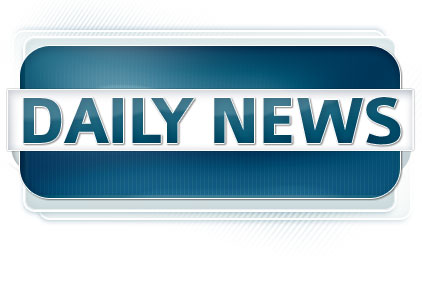Depending on whom you ask, the proposed reforms are welcomed or feared, but something has to change or there will be a repeat of 2009 in the not too distant future, U.S. Agriculture Secretary Tom Vilsack said in an interview.
In the interview, Vilsack offered some of his thoughts on the dairy industry, including comments on a proposal by U.S. Rep. Collin Peterson (D-Minn.) that would strengthen the safety net that helps protect farmers when market prices collapse.
"Maybe Peterson's proposal isn't exactly right, but it's certainly a really good start and it identifies the issues that have to be addressed," Vilsack said.
The nation has lost thousands of dairy farms in recent years, many of them small operations that could not survive downturns in milk prices while the cost of farming soared. Wisconsin now has 11,993 dairy farms, compared with 14,572 in August 2006, according to the state Department of Agriculture, Trade and Consumer Protection.
That is nearly an 18% drop in five years.
Lawmakers are beginning to discuss changes to the safety net for the nation's dairy farmers in an effort to make the milk industry more profitable and less reliant on federal subsidies.
Peterson's plan would replace some outdated programs with reforms meant to keep supply and demand in balance.
Many dairy producers are grateful for the proposal, saying it would help eliminate the price swings that have done so much damage. Others, though, say the real answer is less government interference, not more.
Peterson's plan has three main components. First, it would eliminate a pair of rarely used federal programs designed to help dairy farmers in lean times. Second, it would strengthen an insurance-like program in which the government pays farmers when milk profits become too slim. Third, when profit margins shrink to a certain level, the government would limit how much milk is produced.
The last measure is the most contentious. The so-called dairy market stabilization program would provide incentives for farmers to produce less milk, thereby cutting the supply and helping restore prices. But some dairy producers say the incentives represent unwelcome government intrusion.
Here is how it would work: When the difference between milk prices and the cost of producing milk, as determined by feed prices, fell to a certain level, farmers would be limited in how much milk they could produce. For the most part, income from any additional sales would go to the government, which would use it to buy up the excess.
Vilsack says the plan from Peterson could become a reality in 2012, but Vilsack emphasized that any changes must come from Congress, because the USDA has limited authority to reform dairy policies.
"There are some controversial pieces of this," he said, but farmers need some protection to get through difficult times.
Peterson's plan is still in the draft stage.
From the August 3, 2011,Prepared Foods' Daily News.



